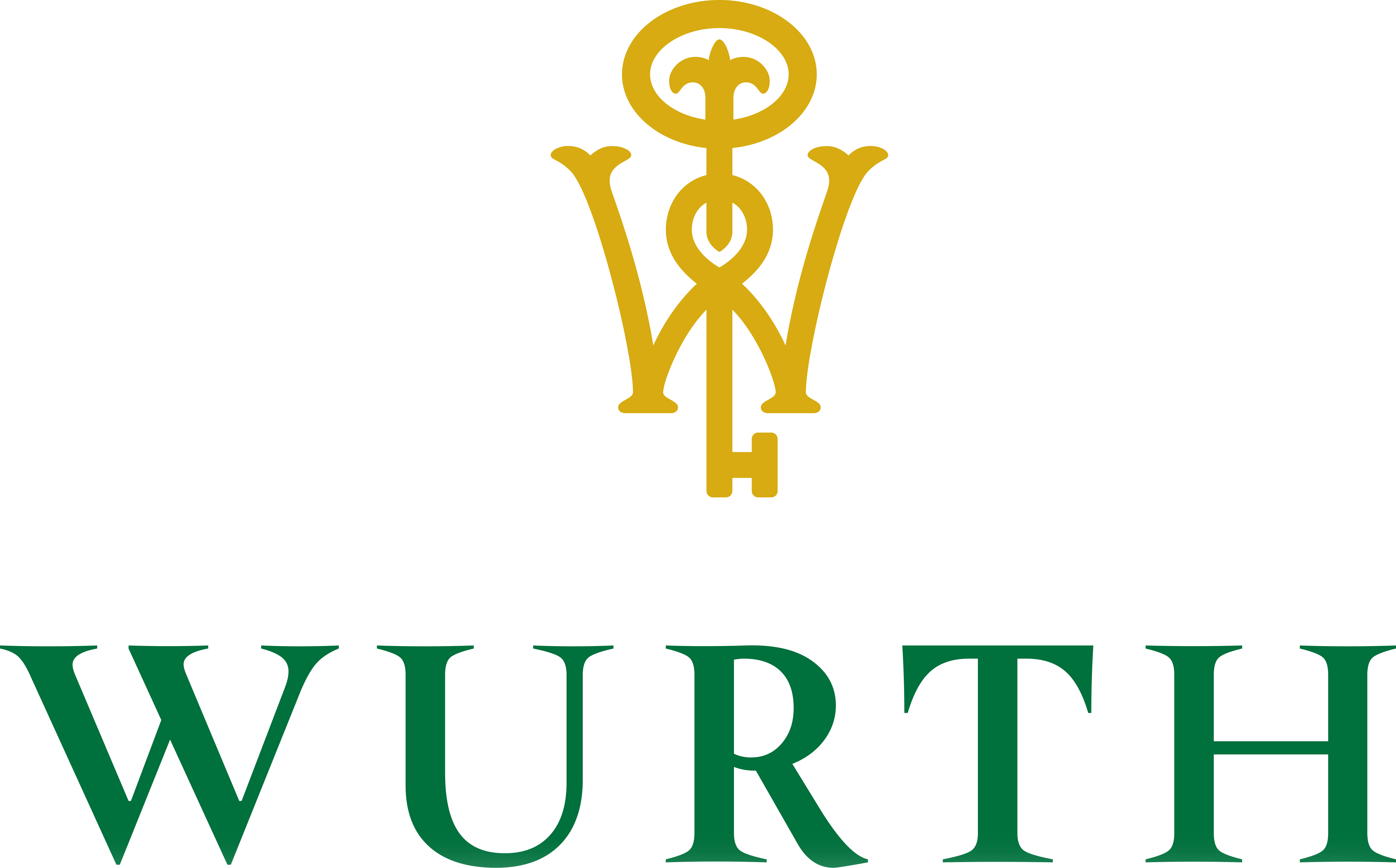
For years, landlords called the shots. Now, in 2025, the tables have turned. The rental market is running on low supply, high demand, and a noticeable new imbalance, there are more empty units than qualified tenants willing to fill them.
Welcome to the tenant shortage of 2025, where good renters are treated like royalty, and landlords are learning that “For Rent” signs don’t work as fast as they used to.
It’s not panic time. But it is a rethink moment.
Let’s look at why this shortage is happening, how it’s reshaping property management, and, most importantly, how to attract good renters in 2025 without slashing your rent or begging for applications.
The New Rental Reality
Nationwide, vacancy rates have quietly crept upward. Not dramatically, but enough for landlords to notice units sitting empty longer.
The reasons aren’t mysterious. Millennials are aging into homeownership (finally), Gen Z renters are pickier, and new builds keep flooding the market in mid-tier price ranges. Combine that with rising rent fatigue, and you’ve got a pool of renters who can afford to be choosy.
According to recent rental market trends 2025, many urban areas are seeing “tenant deserts”, neighborhoods with plenty of apartments but not enough qualified applicants. The problem? The best tenants are already settled in long-term leases, and the rest are holding out for something that feels worth it.
If 2023 was the year of “any tenant will do,” 2025 is all about the right tenant or none at all.
Why Good Tenants Are Suddenly So Hard to Find
It’s not just about economics. It’s about perception.
Renters today want more than square footage. They’re looking for quality, responsiveness, security, comfort, and a sense that they’re valued, not just tolerated.
If that sounds familiar, it’s because this same shift already hit other markets. Think customer service, streaming subscriptions, even dating apps. People are used to having options. And now, renters do too.
Some landlords are finding that their long-standing strategies aren’t cutting it anymore. Traditional listings and quick showings feel outdated compared to virtual property tours vs. in-person showings, which make it easier for tenants to preview homes without committing time.
And when they do commit, it’s often because they see extra care in the details, fresh paint, quick maintenance, even a warm welcome message.
The Psychology of the “Power Tenant”
There’s an irony to this shift. Landlords spent years perfecting tenant screening to weed out risky applicants. Now, good tenants are the ones screening landlords.
They’re reading reviews, checking social media, asking other renters about building reputation. They know they’re in demand, and they act like it.
That’s why communication and transparency are now non-negotiables. Tenants want clear answers about policies, renewal rates, and even maintenance timelines. They’d rather wait for a professional, reliable landlord than rush into a lease with one who seems unresponsive.
This dynamic mirrors the trends explored in the psychology of rent increases, where tenant perception often determines whether they stay or leave. The difference now? They might never move in if that perception isn’t positive from the start.

How to Attract Good Renters in 2025
So what does work? A mix of marketing finesse, empathy, and small upgrades that make a big impact.
- Show, don’t tell.
High-quality visuals matter more than ever. Professional photos, detailed descriptions, and even short videos help listings stand out. Remember: tenants shop online first. - Highlight security and convenience.
Smart locks, digital entry systems, and energy-efficient features appeal to renters who value peace of mind. According to smart home features that actually increase rent, properties that offer tech-forward amenities tend to fill faster and retain tenants longer. - Respond like a human, not a bot.
Whether it’s a maintenance request or a rental inquiry, speed and tone matter. A quick, thoughtful response builds trust before they ever sign a lease. - Offer flexibility.
Shorter leases, customizable terms, or pet-friendly policies can widen your tenant pool. Flexibility signals that you understand modern renters’ lifestyles. - Invest in your reputation.
Tenants read reviews. If past renters felt ignored or mistreated, it will show. Proactive engagement, like asking for feedback or resolving complaints, helps build credibility.
In short, treat every interaction as part of your marketing. Because it is.
The Market May Be Shifting, But Opportunity Still Exists
Here’s the good news: landlords who adapt quickly can turn the tenant shortage into an advantage.
Fewer tenants doesn’t mean no tenants, it means better competition for the right ones. When your property looks well-managed, transparent, and cared for, it rises to the top of every renter’s shortlist.
That’s why smart landlords are now refining every detail of their operation, from move-in experiences to communication flow. Think of it like eliminating the maintenance backlog problem, when you clear small issues before they pile up, everything runs smoother.
This approach also aligns with what large-scale managers have observed in the 10,000-unit perspective on property management trends: efficiency and experience are the new currencies in real estate.
Renter Expectations Are Redefining “Value”
A clean property, fair pricing, and quick responses sound basic, but in 2025, they’re your competitive edge.
Renters are comparing notes, literally. Group chats, Reddit threads, and tenant review platforms have become powerful influencers. A single complaint about ignored maintenance can spread fast.
This is where proactive landlords stand out. By keeping tenants informed, addressing repairs promptly, and offering small but meaningful perks, they transform from “landlord” to “partner.”
As explored in tenant loyalty programs and renter retention, sometimes it’s the smallest gestures, birthday cards, move-in gifts, or renewal discounts, that keep tenants from looking elsewhere.
Looking Ahead
If 2025 is the year of the tenant, 2026 might be the year of balance. Landlords who use this moment to improve, not just their units, but their approach, will emerge stronger.
Because good tenants aren’t mythical creatures. They’re just looking for landlords who care as much as they do about where they live.
At Wurth Property Management, we see this shift as progress, not pressure. By focusing on service, responsiveness, and trust, we help property owners attract and keep quality renters, even in a competitive market.
The tenant shortage of 2025 isn’t a threat, it’s an invitation to do better.
FAQs
1. What caused the tenant shortage in 2025
A: A mix of new housing supply, aging renter demographics, and shifting tenant expectations reduced the number of available qualified renters.
2. How can landlords attract tenants during a shortage?
A: Focus on service, security, communication, and reputation, small improvements make a big impact in a competitive market.
3. Are rent prices expected to fall due to fewer tenants?
A: Not dramatically. Quality rentals still hold strong value, but landlords may need to offer incentives or flexible terms.
4. Do smart home features help with tenant attraction?
A: Yes. Tech-forward amenities like smart locks and energy-efficient systems are now top decision factors for renters.
5. Will the tenant shortage last beyond 2025?
A: Experts expect a gradual recovery by 2026 as the market stabilizes, but renter expectations will remain permanently higher.
